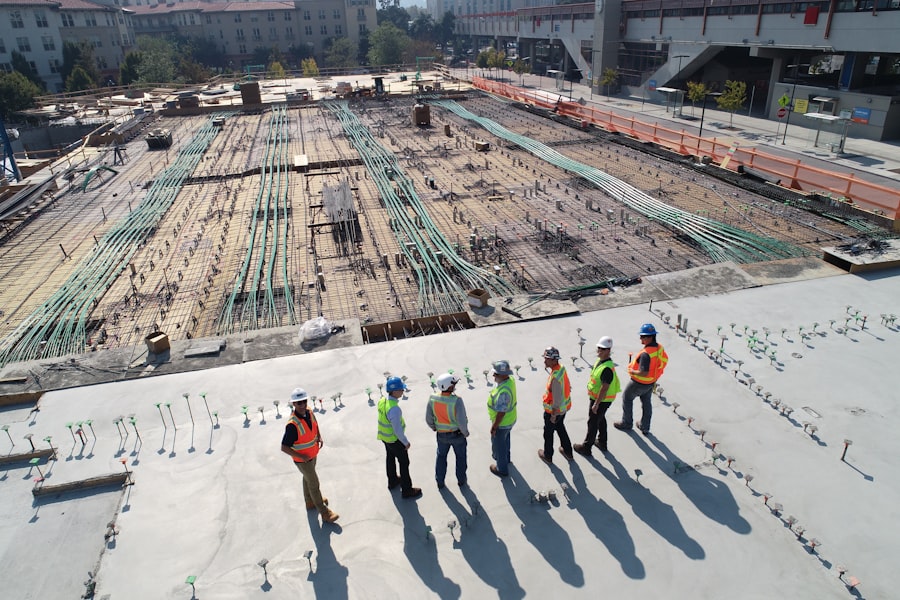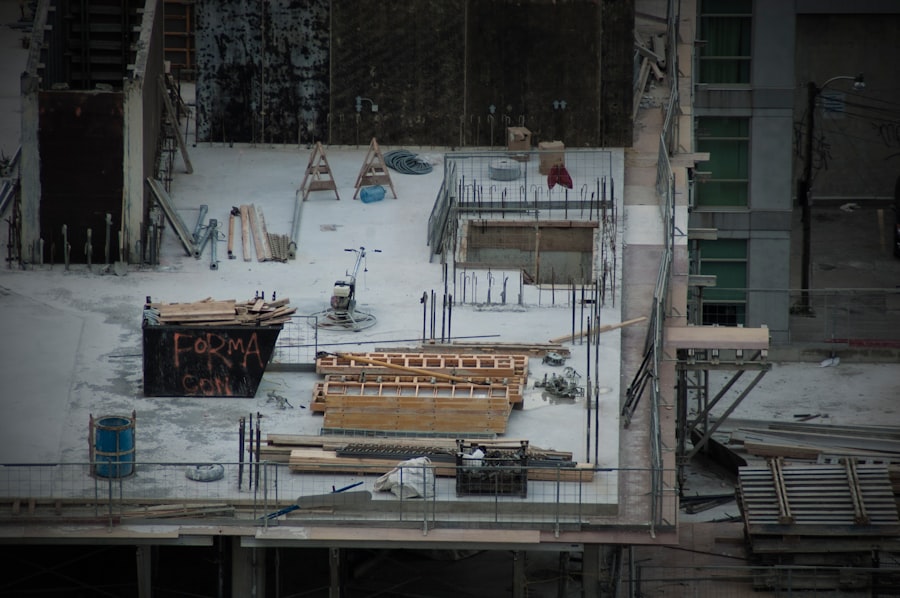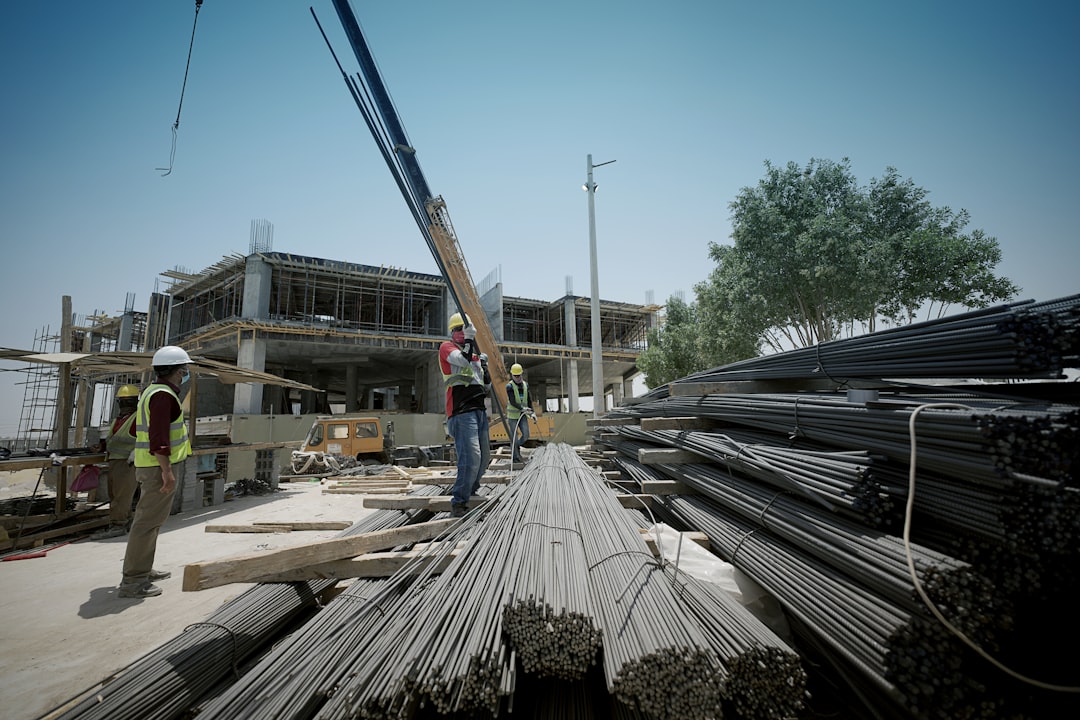Infrastructure serves as the backbone of any community, providing the essential services and facilities that enable daily life to function smoothly. It encompasses a wide range of physical structures, including roads, bridges, public transportation systems, water supply networks, and communication systems. These elements are not merely functional; they are integral to the identity and cohesion of a community.
For instance, a well-maintained public park can serve as a gathering place for residents, fostering social interactions and community spirit. Conversely, inadequate infrastructure can lead to isolation and disconnection among community members, highlighting the critical role that infrastructure plays in shaping social dynamics. Moreover, infrastructure influences the overall quality of life within a community.
Access to reliable transportation can determine how easily residents can reach employment opportunities, educational institutions, and healthcare facilities. In urban areas, public transit systems can significantly reduce travel times and enhance accessibility for all residents, particularly those without personal vehicles. In rural settings, the presence of well-maintained roads can facilitate access to markets and services, thereby enhancing economic opportunities.
Thus, infrastructure is not just about physical structures; it is about creating an environment where individuals can thrive and communities can flourish.
Key Takeaways
- Infrastructure plays a crucial role in community building by providing the necessary facilities and services for residents to thrive.
- Improved infrastructure has a direct impact on economic development by attracting businesses, creating jobs, and increasing property values.
- Enhanced infrastructure connectivity, such as better transportation and communication networks, fosters stronger community ties and facilitates access to essential services.
- Infrastructure plays a vital role in promoting health and safety through the provision of clean water, sanitation, and emergency services.
- Investing in resilient and sustainable infrastructure is key to building communities that can withstand and recover from natural disasters and other challenges.
The Impact of Infrastructure on Economic Development
The relationship between infrastructure and economic development is profound and multifaceted.
For example, regions with robust transportation networks often see increased commercial activity as goods can be transported efficiently to markets.
The construction of highways or railroads can open up previously inaccessible areas, allowing businesses to expand their reach and tap into new customer bases. This phenomenon is evident in many developing countries where investments in infrastructure have led to significant economic transformations. Furthermore, infrastructure investment can stimulate local economies by creating jobs during the construction phase and beyond.
For instance, the development of a new airport not only generates employment opportunities in construction but also leads to jobs in hospitality, retail, and transportation sectors once the airport is operational. Additionally, improved infrastructure can enhance productivity by reducing travel times and lowering transportation costs for businesses. This increased efficiency can lead to higher profit margins and ultimately contribute to a more robust local economy.
The ripple effects of such investments can be seen in increased tax revenues for local governments, which can then be reinvested into further community development initiatives.
Enhancing Community Connectivity with Improved Infrastructure

Connectivity is a vital aspect of community life, influencing how residents interact with one another and access essential services. Improved infrastructure plays a crucial role in enhancing this connectivity. For instance, the development of pedestrian-friendly walkways and bike lanes encourages active transportation, allowing residents to navigate their neighborhoods more easily while promoting healthier lifestyles.
Communities that prioritize such infrastructure often see increased foot traffic in local businesses, fostering a vibrant local economy. Moreover, digital infrastructure has become increasingly important in today’s interconnected world. High-speed internet access is no longer a luxury but a necessity for many communities.
It enables residents to engage in remote work, access online education resources, and participate in telehealth services. Communities that invest in expanding broadband access are not only bridging the digital divide but also enhancing their overall connectivity. This investment can lead to greater social inclusion as residents from diverse backgrounds gain equal access to information and opportunities that were previously out of reach.
The Role of Infrastructure in Promoting Health and Safety
| Infrastructure | Impact on Health and Safety |
|---|---|
| Sanitation systems | Reduction of waterborne diseases |
| Roads and transportation | Improved access to healthcare facilities |
| Electricity and lighting | Enhanced safety and security |
| Healthcare facilities | Increased access to medical services |
Infrastructure significantly impacts public health and safety within communities. Well-designed roadways with proper signage and lighting can reduce traffic accidents and enhance pedestrian safety. For example, cities that implement traffic calming measures—such as speed bumps or roundabouts—often experience a decrease in vehicular accidents and injuries.
Additionally, the presence of sidewalks and bike paths encourages active transportation modes, contributing to improved physical health among residents. Access to clean water and sanitation facilities is another critical aspect of health-related infrastructure. Communities with reliable water supply systems are better equipped to prevent waterborne diseases and promote overall public health.
In contrast, areas lacking adequate sanitation facilities often face significant health challenges due to the spread of infectious diseases. Investments in wastewater treatment plants and stormwater management systems are essential for safeguarding public health and ensuring environmental sustainability.
Building Resilient Communities through Infrastructure Investments
Resilience is a key characteristic of thriving communities, particularly in the face of natural disasters or economic challenges. Infrastructure investments play a pivotal role in enhancing this resilience by ensuring that communities are better prepared to withstand adverse events. For instance, the construction of flood-resistant infrastructure—such as levees or stormwater management systems—can mitigate the impact of heavy rainfall and flooding on local populations.
Moreover, resilient infrastructure is designed with adaptability in mind. For example, buildings constructed with sustainable materials and energy-efficient technologies not only reduce environmental impact but also lower long-term operational costs for residents. Communities that prioritize resilience through infrastructure investments are better positioned to recover from disruptions while maintaining essential services for their residents.
Sustainable Infrastructure: A Key to Environmental Conservation

Green Building Practices
Green building practices are a key aspect of sustainable infrastructure. By incorporating renewable energy sources and green roofs, buildings can significantly reduce their carbon footprint while enhancing their aesthetic appeal.
Sustainable Transportation
Transportation infrastructure plays a vital role in sustainability efforts. The promotion of public transit systems reduces reliance on personal vehicles, leading to lower greenhouse gas emissions and improved air quality. Cities that invest in electric bus fleets or light rail systems are taking significant steps toward reducing their environmental impact while providing efficient transportation options for residents.
Integrating Nature into Urban Planning
Integrating nature into urban planning is another essential component of sustainable infrastructure. By incorporating parks, green spaces, and urban forests into city design, biodiversity can be enhanced while providing residents with recreational opportunities.
The Social and Cultural Benefits of Well-Maintained Infrastructure
Well-maintained infrastructure contributes significantly to the social fabric and cultural identity of communities. Public spaces such as parks, plazas, and community centers serve as venues for cultural events, festivals, and gatherings that foster social cohesion among residents.
Additionally, infrastructure that reflects the history and character of a community can enhance its sense of place. Historic preservation efforts—such as restoring old buildings or maintaining traditional architectural styles—can instill pride among residents while attracting visitors interested in cultural tourism. Communities that invest in preserving their cultural landmarks often find that these sites become focal points for community engagement and economic activity.
Collaborative Approaches to Infrastructure Development for Stronger Communities
The development of effective infrastructure requires collaboration among various stakeholders, including government agencies, private sector partners, non-profit organizations, and community members themselves. Engaging residents in the planning process ensures that infrastructure projects meet the specific needs of the community while fostering a sense of ownership among stakeholders. For example, participatory budgeting initiatives allow residents to have a direct say in how public funds are allocated for infrastructure projects.
Furthermore, partnerships between public and private entities can lead to innovative solutions for funding and implementing infrastructure projects. Public-private partnerships (PPPs) have been successfully employed in various sectors—from transportation to renewable energy—allowing for shared resources and expertise that can enhance project outcomes. By leveraging the strengths of different stakeholders, communities can develop more comprehensive infrastructure solutions that address both immediate needs and long-term goals.
In conclusion, the multifaceted role of infrastructure in community building cannot be overstated. From enhancing economic development to promoting health and safety, well-planned infrastructure investments are essential for creating resilient, connected communities that thrive socially, culturally, and environmentally. Collaborative approaches to infrastructure development further ensure that these projects reflect the needs and aspirations of all community members, paving the way for stronger bonds and shared futures.
Infrastructure plays a crucial role in shaping societies and their institutions. In a related article, Introduction to Indian Society: Exploring Social Institutions, Structure, and Power Dynamics, the author delves into how social institutions are interconnected and how power dynamics influence their structure. This article provides valuable insights into how infrastructure is not just physical but also social, impacting the way societies function and evolve.





















+ There are no comments
Add yours